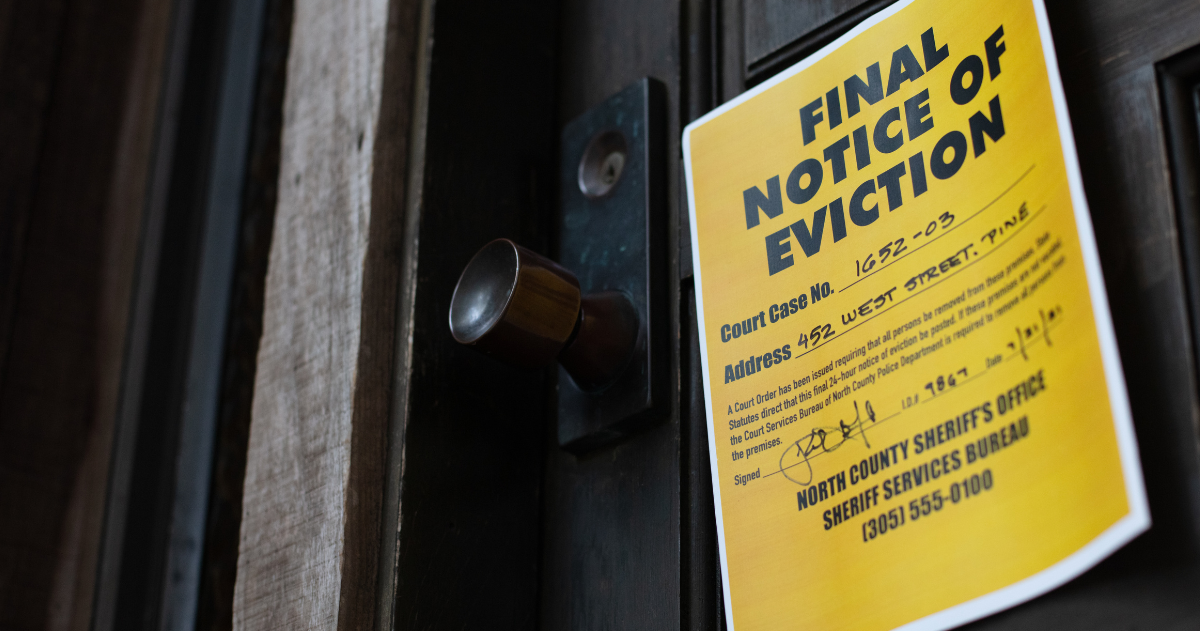The average rent in Toronto hit a high of $2,832 last year, making it one of Canada’s most expensive cities, and the outlook for 2024 is little better as demand continues to surge in a market that’s grossly undersupplied.
For students and young professionals, it’s almost impossible to get on the property ladder and tough to make rent. In the search for affordable housing, many are turning to shared accommodations to make their budget go further.
Rooming houses may be a way to keep a roof over the head of a cash-strapped student, but are they legal? And what should landlords know if they want to get into this growing market?
Are rooming houses legal in Toronto?
The short answer is yes. Known as ‘a multi-tenant house’, they’re defined as a building with four or more rooms with a shared washroom and/or kitchen. Unlike a roommate situation, tenants in a rooming house are technically only renting their bedroom – the other rooms are considered common areas.
These tenants are still protected by the Residential Tenancies Act of course, so the usual stipulations apply around keeping units safe and in reasonable condition. The size of the rooms must adhere to the Ontario Building Code and each must have a working fire alarm and carbon monoxide detector.
Previously confined to certain areas of the city, rooming houses will soon be legal across the GTA thanks to a new framework that comes into effect next month. The new regulation allows multi-tenant houses in any area that is zoned residential. They can be built specifically for shared accommodations or converted from a single family dwelling.
The framework will also require all operators of multi-tenant homes to be licensed. Other provisions include:
- Rooming houses can contain up to 12 rooms, depending on where they are located ( they can contain up to 25 if it’s in a Commercial Residential zone)
- If your rooming house has access to transit, you don’t need to provide parking spaces. In areas that lack transportation, multi-tenant homes need at least two spaces for every six rooms
- To obtain their licence, landlords must provide property maintenance plans that cover areas such as tenant service requests, pest management, and waste management
- A new enforcement agency, the Multi-Tenant House Licensing Tribunal, will be created to enforce the framework through annual inspections and fines
Weighing up the pros and cons of multi-tenant housing
It’s easy to see why many landlords go the multi-tenant route. More tenants means more income and it’s a captive market, given the short supply of affordable rentals in the GTA.
But before diving in, landlords should weigh up the cons as well as the pros. The more tenants you have, the more potential for conflict. It’s not enough that you have a good relationship with each tenant, they also have to be able to live with each other. This requires careful tenant vetting and screening to ensure you’re renting to the right candidates.
More occupants also means more regulation. Bringing your property up to code could involve extensive and costly renovations. There’s also a lot of paperwork involved in running a rooming house and, after years of bad press and horror stories, the City is determined to strictly enforce all provisions with a Tribunal that has real teeth.
If you’re looking to explore the multi-tenant market, talk to our team. Highgate offers professional property management services to landlords across the GTA. Our experienced professionals can help find you great tenants, ensure disputes are handled promptly, manage repairs or renovations, and offer guidance around your legal obligations. Get in touch today to discuss your options and make the most of your investment.





